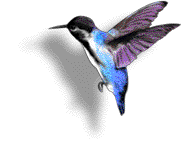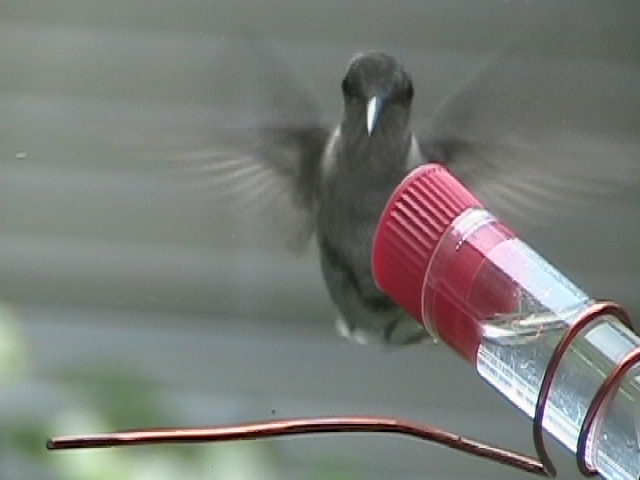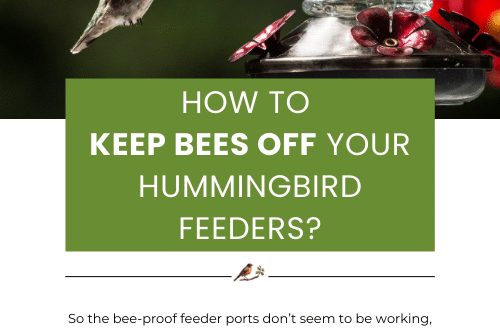-
don’t take those hummingbird feeders down just yet…
It’s a total myth that leaving your hummingbird feeders up will encourage them not to migrate!
Now that the autumn is officially here, daylight hours have begun to dwindle – which sends an innate message to birds and other wildlife as well. Even though temperatures are still on the warm side, (at least here in the south) hummingbirds know it’s time to leave for their winter breeding grounds, nature has hard-wired this instinct as a matter of survival.
Leaving your hummingbird feeders up, fresh and full will greatly help the little sprites on their long journey back to Central and South America. You see, hummingbirds need to double their body weight before their migration can begin, and it’s been a tough season for them here this year. Severe drought in the South, along with Hurricane Irene in the Northeast, has greatly reduced (if not wiped out) the nectar-producing flowers they depend upon for food.
Here in our GA backyard, hummer activity has been a constant buzz over the last two weeks and is just starting to ease up. There are still around 10-15 birds seen around our feeders daily. Extra hummingbird feeders were placed around the property and definitely put to good use! Stragglers from the north who are still heading south find the place a great stop-over, an oasis to re-fuel before heading on their way!
One other interesting fact: hummingbirds practice “site fidelity” which means if they find your yard inviting (food, water, and shelter) they’ll be back next year to grace your place!
-
hand-feed hummers with this window hummingbird feeder set
Something very special about hummingbirds makes them most endearing to us. Perhaps it’s their tiny size, lightening fast antics, or the sheer distance of their migration which we find so fascinating? Their behavior is just cute, even when it come to their territorial displays, which can sometimes be maddening!
They say patience is a virtue, and it is with patience you can train hummingbirds to feed by hand. This set of small feeders consists of a window hummingbird feeder and a staked feeder for potted plants.
Once hummingbirds become familiar with these feeders, the stakes, or bases, are meant to be hand-held. Sitting very quiet and still, while holding this window hummingbird feeder will entice the tiny sprites to drink from them while you’re holding the feeder in your hand!
The set is complete with two extra feeding tubes and caps. One Feeder is meant to be placed directly on the window, while the other is upright and staked. Copper stems are sturdy but adjustable. A great hobby to try this or next hummingbird season. Patience is the key… because “if you build it – they will come”!
-
tiny ports on hummingbird feeders… an easy clean
Whether traditional tube style, or basin style, all hummingbird feeders have one thing in common…very tiny feeding ports! These tiny ports tend to build up a “black mold” during summer’s extreme temperatures. Rinsing hummingbird feeders with hot water does not always remove this gunk. Sugar water gets very nasty, even fermenting within just a few days. Hummingbirds will rarely re-visit a feeder that has bad nectar.
To keep your little sprites happy and keep them around for the season, squeaky clean hummingbird feeders and fresh nectar are essential. So just how do you clean those itty-bitty feeding ports? The secret weapon is an old mascara brush! Before tossing your next (or grab your wife’s) mascara, save the brush and run it through the dishwasher to remove all the makeup and residue. These make the perfect cleaning brush for feeder ports on any tube style hummingbird feeders, and basin styles as well.
By the way, if you’re still buying commercial nectar… it’s time to try and make your own. The recipe is so very simple and it takes less than five minutes. Our hummingbirds prefer the plain sugar water, and once we started feeding it, there was a dramatic increase in visitors who stuck around the entire season.
So here’s the recipe to the stuff to fill your hummingbird feeders with: one cup plain table sugar to four cups water. That’s it! Nothing else in the mixture as it will harm or kill hummingbirds. No need to boil the water either, microorganisms are spread through the bird’s bills… not the feeders or nectar. We do boil one cup of water, simply to dissolve the sugar quicker and more effectively. You can then store unused nectar in the fridge for up to two weeks.
So this season, save the mascara brush and try your own nectar!






